Better’s losses are shrinking. It could break even by late 2026
Better Home & Finance Holding Co. announced its second-quarter 2025 earnings on Thursday. The company revealed that it’s still operating at a loss, but it showed clear improvement in the second quarter as revenue grew, loan volume rose and its tech offerings expanded.
In its earnings call on Thursday, Better disclosed a $36 million net loss in Q2 2025, improving on a $50.5 million net loss to start 2025 and a $41 million net loss in the same period a year ago.
Better posted revenue of $44 million from April to June, up from $33 million in the first quarter and $32 million in Q2 2024. Better funded $1.2 billion in loans in the second quarter, a jump from $868 million in the previous quarter and $962 million one year ago.
Despite the higher revenue, Better’s adjusted EBITDA loss widened slightly to $27 million, compared to a $23 million loss a year ago — but it improved from a $40 million loss in Q1 2025. Founder and CEO Vishal Garg confirmed that the company plans to achieve adjusted EBITDA breakeven by the end of Q3 2026.
Garg also said that the New York-headquartered company is continuing to bet big on artificial intelligence. In Q2 2025, Better’s AI loan assistant, Betsy, recorded 600,000 customer interactions, compared to 127,000 in the first quarter. Betsy now autonomously guides customers through preapprovals, rate quotes and locks, and application data collection.
“Since we launched Besty AI, our lead-to-lock conversion rate has increased by over 30% … which is massively meaningful to drive incremental volume and revenue and squeezing profitability out of each loan,” Garg said to investors during the earnings call.
In Q2 2025, Betsy gained new functionality by allowing borrowers to lock their mortgage rate and advance their application to closing without human intervention.
“We are uniquely positioned to win in the current environment through substantial technology advantages in our Tinman AI platform and Tinman AI software channels, evidenced by their robust pipelines, paired with continued strengthening of unit economics primarily driven by AI efficiencies,” Garg said.
By product type, purchase loans accounted for 67% of Better’s funded loan volume of $803 million during the second quarter. Home equity loans, including HELOCs and closed-end second-lien loans, reached $240 million (or 20%) of the total. Refinance loans made up the remaining 13%, accounting for $162 million in volume.
Better’s direct-to-consumer channel accounted for $774 million, or 64%, of loan volume, while the remaining 36% came from the Tinman platform and business-to-business channels. Better reported a 13% contribution margin and a per-loan profit of $1,064 in the B2B channel, with a cost per funded loan of $6,822.
The company funded 4,032 loans during the quarter, up from 2,975 in the first quarter and 2,995 in the second quarter of 2024.
NEO Home Loans, Better’s retail partnership channel that began earlier this year, served approximately 1,009 borrowers in the second quarter and posted $428 million in funded volume. Better’s expectation for Q3 2025 is that NEO’s volume will exceed $500 million.
Loans originated through the Tinman platform via NEO delivered a 40% margin and a $6,172 profit per loan.
Garg announced at the end of the call that Better signed its first bank partner, onboarding Tinman in less than three months and projecting $4 million in monthly revenue from the deal. The partner was unnamed.
Chief financial officer Kevin Ryan said Better remains focused on managing expenses, and he agreed with Garg’s assessment of reaching adjusted EBITDA breakeven status by Q3 2026.
“We continue to advance our goals of driving increased volume and revenue, balanced with ongoing expense management and improved profitability despite a continued challenging market environment and heightened macro volatility weighing on our industry,” Ryan said.
Categories
Recent Posts
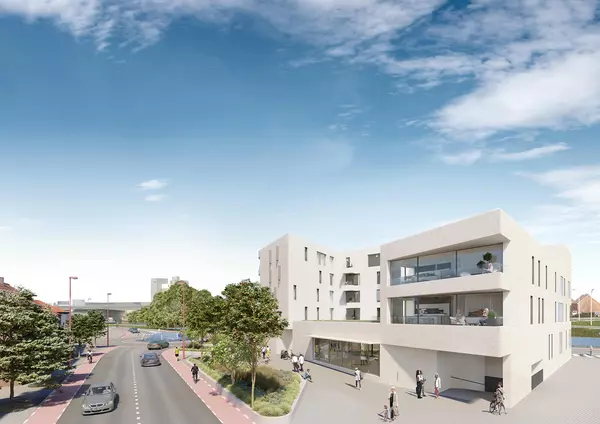
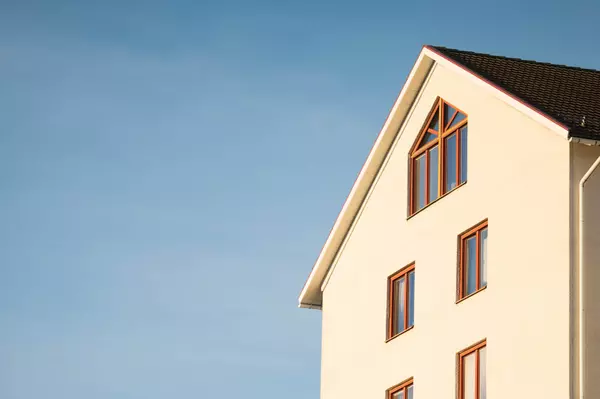

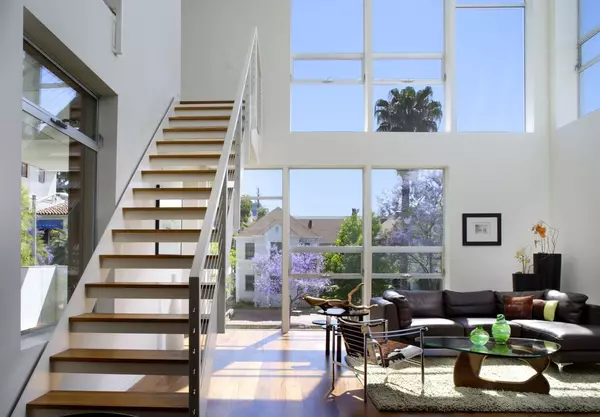
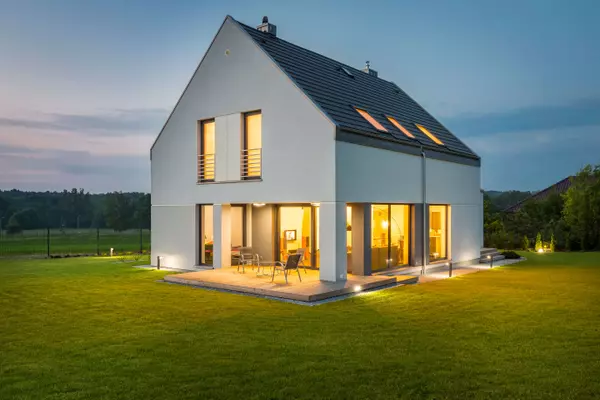
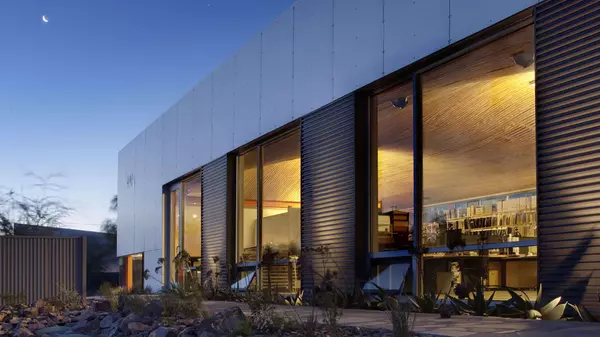


GET MORE INFORMATION

